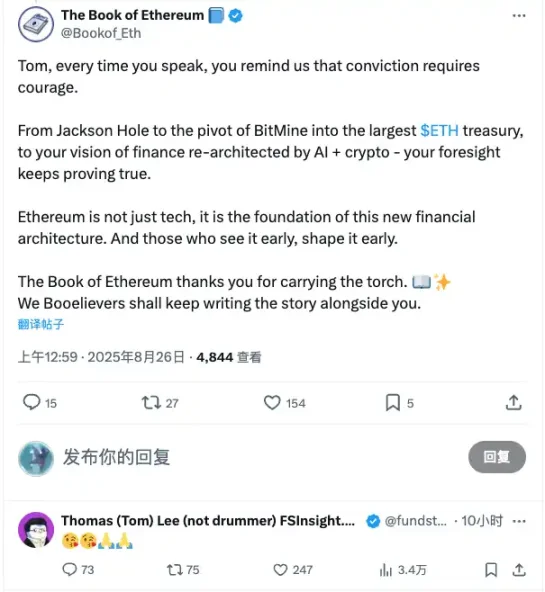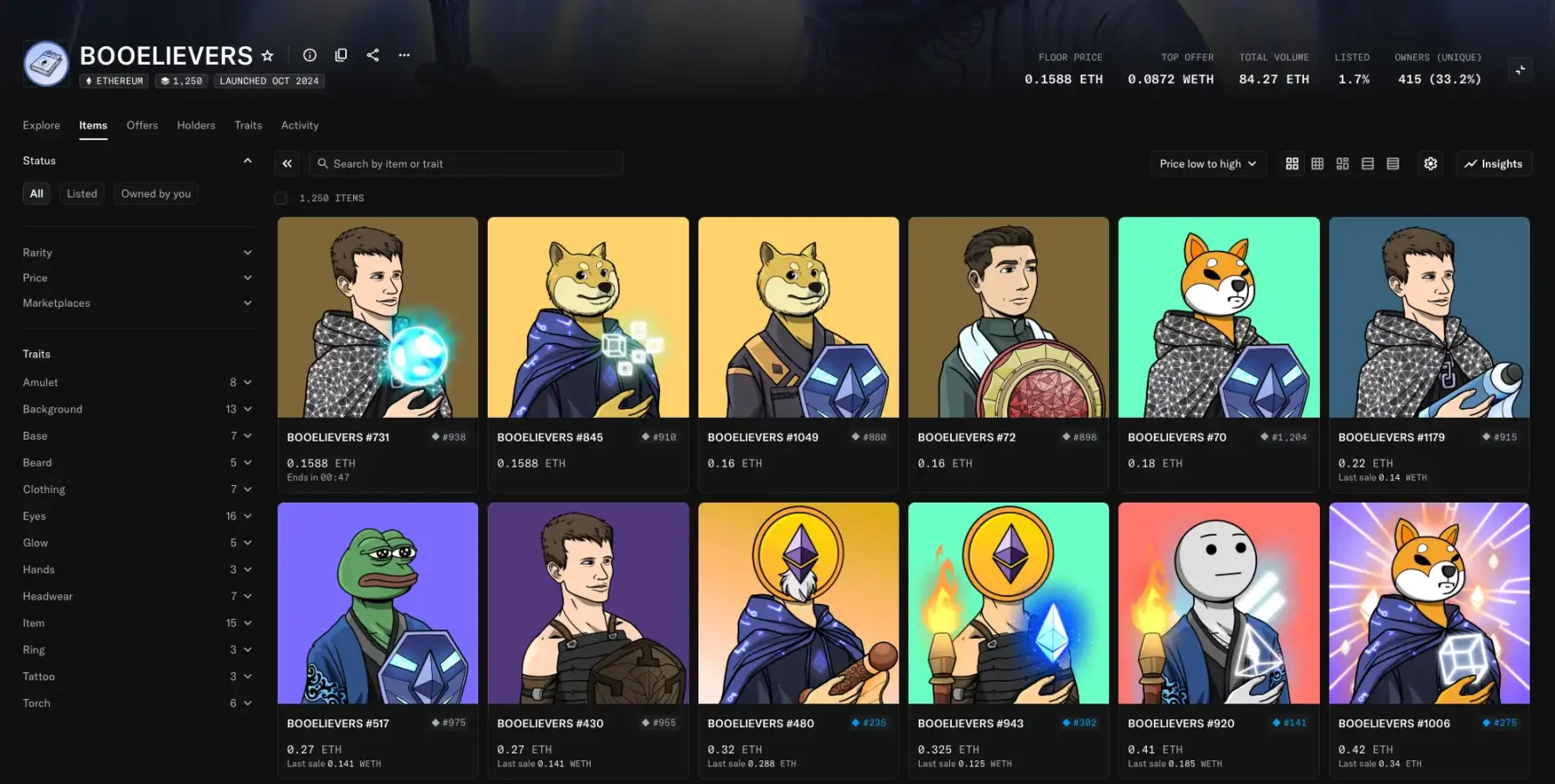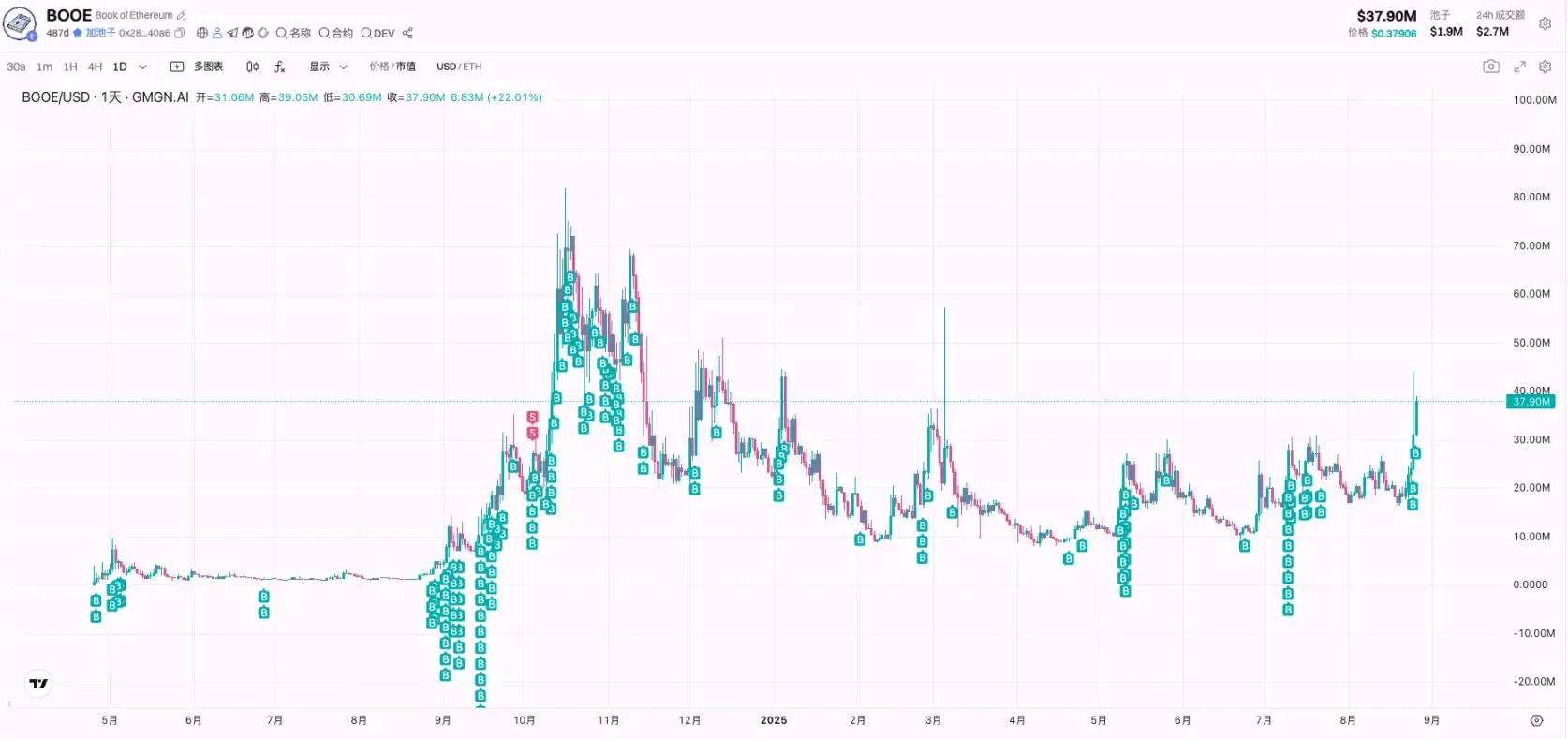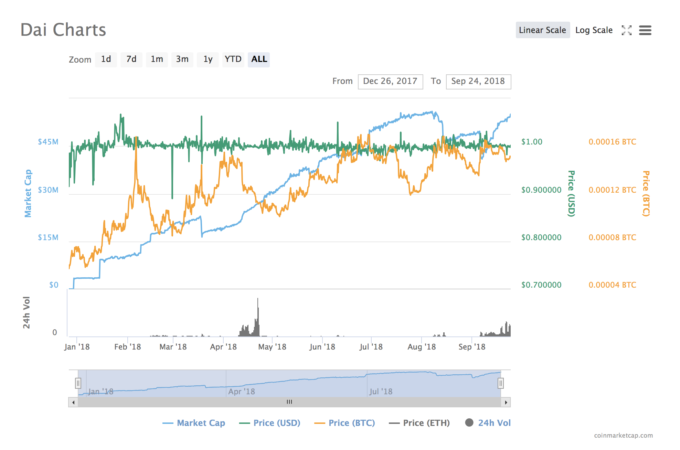What exactly is the Ethereum meme that even Tom Lee is paying attention to?
In August 2025, two heavyweight figures from the Ethereum ecosystem—BitMine CEO Tom Lee and ConsenSys CEO Joseph Lubin—publicly expressed interest in the memecoin project Book of Ethereum (BOOE), sparking widespread market discussion. BOOE builds its community economy through a religious narrative, launching related tokens such as HOPE and PROPHET to form a "Trinity of Faith" system. An anonymous whale, fbb4, has promoted BOOE and other memecoins through a long-term holding strategy, but this approach, which relies heavily on market sentiment, carries risks of regulation and bubbles. While institutional endorsements have increased attention, investors are advised to rationally assess the project’s value and associated risks. Summary generated by Mars AI. The accuracy and completeness of this content are still being iteratively improved by the Mars AI model.
In August 2025, two heavyweight figures from the Ethereum ecosystem were almost simultaneously swept into a memecoin narrative. On one side is Tom Lee, CEO of BitMine Immersion Technologies, which holds the world’s largest Ethereum corporate treasury. On the other side is Joseph Lubin, CEO of ConsenSys and Ethereum co-founder, who also serves as Chairman of SharpLink Gaming. The publicly listed companies behind them are the top two institutional holders of Ethereum, with over $10 billion worth of Ethereum.
The statements from these two industry leaders not only demonstrate institutional recognition of Ethereum’s long-term value, but also bring new attention to related memecoins. On social media, some investors noticed that Tom Lee and Lubin’s social accounts both followed the memecoin project Book of Ethereum (BOOE) in succession.

Driven by market sentiment, BOOE quickly became the center of discussion. This article will discuss the concept, history, and related projects of this veteran project BOOE, while also delving into the whale fbb4 who is orchestrating the token behind the scenes.
The Concept and History of BOOE: Religious Narrative and Community Economy
BOOE was launched on the Ethereum mainnet on April 24, 2024, with the project team packaging it as the “Bible” of the Ethereum ecosystem. The official website uses religious symbolism to construct a virtual universe, listing “Ten Commandments” such as prohibiting the purchase of Bitcoin and prohibiting shorting BOOE, emphasizing loyalty and community consciousness. In addition, the “Divine Economics” section on the website shows that BOOE has a total supply of 100 million tokens, the contract has been audited and control has been permanently renounced, all liquidity is locked for 1337 years, and there are no transaction taxes. This economic model makes it harder for holders to exit, reinforcing the symbolism of long-term faith.

Complementing the religious narrative is the construction of community culture. A Medium article written by the BOOE team describes holders as “believers,” claiming that this Book of Ethereum is a refuge for the deceived, encouraging investors to gather during bear markets and wait for “opportunity” together. Although this article is clearly promotional, it reflects the project’s attempt to unite the community and downplay speculation through religious language.
During its development, the BOOE team launched two additional collaborative tokens, HOPE and PROPHET. According to HOPE’s official website, the token has a total supply of 1 billion, the contract has been abandoned and audited, and the team members use pseudonyms such as Shiba Prophet, Lord NPC, and Saint Vitalik. The project’s mission is to “bring hope,” encouraging collaboration among different memecoin communities such as Pepe and Doge. The other token, PROPHET, also has a supply of 1 billion, with an official commitment to permanently locked liquidity and no transaction tax. The BOOE website refers to the three tokens as the “Trinity of Faith,” attempting to expand the community’s boundaries through this trinity structure.

In addition to building a narrative universe, the BOOE community has also made attempts in the NFT field. On OpenSea, there is a collection series called Booelievers, featuring artworks and derivatives related to the BOOE theme. Although the scale of these assets is limited, they provide the project with additional cultural symbols and sources of income.

Overall, BOOE uses religious narrative and decentralized finance concepts to build a unique community economic model. Amid the overwhelming wave of Solana memes, the sustainability and diffusion of this narrative are key to whether the project can remain vibrant. The key figure behind it is the well-known “diamond hands” fbb4 among the Ethereum guards.

The Mastermind Behind BOOE: fbb4
Since the launch of BOOE, the movements of the anonymous whale fbb4 have attracted much attention. As one of the most well-known “trend indicators” in Ethereum memes, his earlier successes with Pepecoin and GME have greatly increased his fame.
fbb4’s trading style is very different from the current P juniors. Media personality Brian Fanzo analyzed that fbb4’s wallet is valued between $28 million and $40 million, with about $9 million in profits recorded in just one month. Overall, fbb4’s trading model is simple and direct: “buy, provide liquidity, hold, and shift the narrative while maintaining the market.” Typically, he first transfers ETH from centralized exchanges or after multiple cross-chain transactions, then buys the target token in batches to reduce slippage; next, he provides liquidity to stabilize prices; finally, he rotates investments based on narrative popularity.
Most notably, he almost never sells the tokens he buys. Of course, this does not rule out the possibility that he also holds other “small wallets” for selling, but this publicly transparent long-term holding strategy still attracts many retail investors to imitate his behavior. Usually, after his public wallet “fbb4” buys in, a “green upward candle” follows.

Since the launch of BOOE, fbb4 has continued to buy in
This trading style has led people to compare him to Michael Saylor and Roaring Kitty, the leader of the GameStop retail vs. Wall Street short squeeze. Community member Roar4Kitty even compared the action lines of the two, expressing his suspicion that fbb4 is actually Roaring Kitty.
The major event action lines of fbb4 and Roaring Kitty, source: Roar4Kitty
Of course, this is not without basis. fbb4 does have considerable loyalty to GameStop. According to NewYorkPost, in August of this year, to support GameStop culture, he spent $250,000 at an auction to buy a stapler and the GameStop CEO’s underwear. A few days later, he tweeted that he had bought another $100,000 worth of GameStop, and in the same post announced a partnership with the charity CMNHospitals, also donating $100,000 to raise funds for 170 children’s hospitals in the US and Canada.

GME “stapler” and CEO’s underwear purchased by fbb4, source: NewYork Post
Fanzo’s article also records fbb4’s layouts in multiple memecoins, including Pepecoin, Ethereum-based GameStop token $GME, BasedAI, KEK, BOOE, KPOP, and others. These projects share the characteristics of a strong narrative, active communities, and ample liquidity. fbb4 is called a “narrative curator,” promoting narrative popularity by personally writing posts and interacting with the community.
fbb4’s success also has its limitations. His strategy is highly dependent on personal credibility and community sentiment. Once narrative popularity declines or he changes strategy, investors may be left holding the bag. In addition, he plays the role of market driver in multiple projects, which can easily trigger discussions about price manipulation. From a regulatory perspective, if large holders concentrate buying and selling in an unregulated environment, it may border on market manipulation. For BOOE, fbb4’s involvement has undoubtedly brought capital and attention, but whether it can translate into sustained growth remains to be seen.
For investors, understanding fbb4’s strategies and institutional trends is certainly important, but more crucial is discerning the real value and risks behind the narrative. As Lubin said, Ethereum’s long-term value should not be ignored, but the bubble cycles and regulatory risks of memecoins also require vigilance. Between faith and bubbles, rational judgment is the key to cutting through market noise.
Disclaimer: The content of this article solely reflects the author's opinion and does not represent the platform in any capacity. This article is not intended to serve as a reference for making investment decisions.
You may also like
Maker gets backing from a16z Crypto, but the move raises questions

Solana tests quantum-resistant signatures in a milestone security upgrade.
